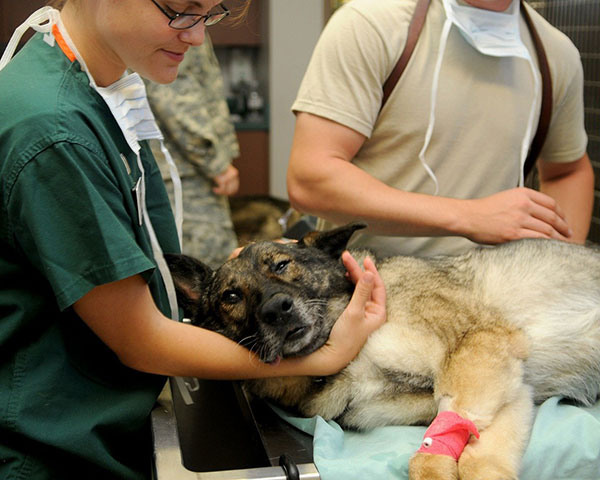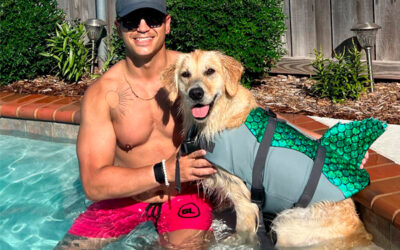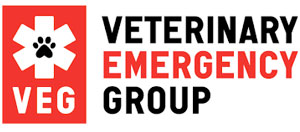Whereas humans use the ABO system with eight main blood groups, animals, not surprisingly, have their own. According to Chicago’s Metropolitan Veterinarian Center’s Blood Donation Program:
“Dogs have at least six well characterized blood types, also known as dog erythrocyte antigens (DEA). The antigens are DEA 1.1,1.2, 3, 4, 5, and 7. The blood type considered most important in dogs is DEA 1.1. Dogs that are negative for DEA 1.1 can give blood to dogs that are DEA 1.1 negative or positive, but dogs that are DEA 1.1 positive can only give blood safely to dogs that are DEA 1.1 positive. So, similar to the universal human donor blood type O negative, dogs have a universal donor type, DEA 1.1 Negative. Overall, 7-10% of dogs are universal donors. Interestingly, approximately 70% of Greyhounds are considered universal blood donors. Additionally, Greyhound blood typically has a higher red blood cell count than other breeds, making them ideal donors.
“There are three major blood groups in cats — A, B and AB. Type A is the most common blood type comprising 90-95% of the cat population in the United States. Cats that are type AB can receive blood from either type A or type B cats, but type A and type B cats require they receive their respective blood type.”
Equines, bovines, and sheep are also the recipients of blood supplies. Blood transfusions are administered to horses with extremely low red blood cell counts, most frequently due to hemorrhage. The average horse, which has approximately 40 liters of blood, can lose up to a quarter of that without exhibiting signs of severe shock. More than that, however, and they could require a transfusion. Much to the vexation of vets around the country, there’s still no national program in place.
Last year, the American Veterinary Association lamented that as advanced care for pets has become more routine, animal blood shortages are deepening. The best way to combat that is for volunteers to bring their healthy four-legged friends in to donate at local donor-based blood banks. If more people did, there would be far fewer closed-colony commercial blood banks, which have been harshly criticized for keeping dogs penned and isolated during draw periods.
Shelter dogs — retired greyhounds in particular — are commonly used, and some are said to be kept in rotation for up to a year or more before being adopted out. Further accusations claim there are only two- to three-week intervals between each draw. Many sources cite four weeks as the minimum for the health of the animal.
In October of 2021, California’s governor signed a bill phasing out the use of closed-colony blood banks. Veterinarians there are hoping to form the state’s own donor-based network to replace them. To date, it’s estimated that national-level commercial blood banks account for 30 to 40 percent of needed blood. Here in southern Arizona, supplies are down.
So, how and where do you get started donating? As Jeremy pointed out, donation qualifications can vary depending on collection sites. Here are some basic requirements:
- Age range: dogs 1-7 years old / cats 1-8 years old
- Weight: dogs roughly 50 lbs. / cats 10 lbs. with healthy body masses
- Never been pregnant
- Never received a blood transfusion
- Not on medications
- Cannot be around other cats tested positive for FELV or FIV
- Must be current on vaccinations and on flea and tick prevention
If you believe your pet may qualify, here’s two services in our area to try:
- VCA Valley Animal Hospital & Emergency Center vcahospitals.com/valley-
tucson/services/advanced-care/ blood-bank - Veterinary Specialty Center Tucson vscot.com/site/blog/2021/12/
21/blood-donor-program
Each facility will provide you with its own set of guidelines and inform you of how often pets can return within the period of a year. Some may want you to join a program that requires a set number of donations. In that case, there are usually some fairly attractive perks that come along with the obligation, like free exams and other bennies. To ensure things go smoothly, take Jeremy’s advice and acclimate your dog first, as he suggested in thetucsondog.com/can-your-pet-














